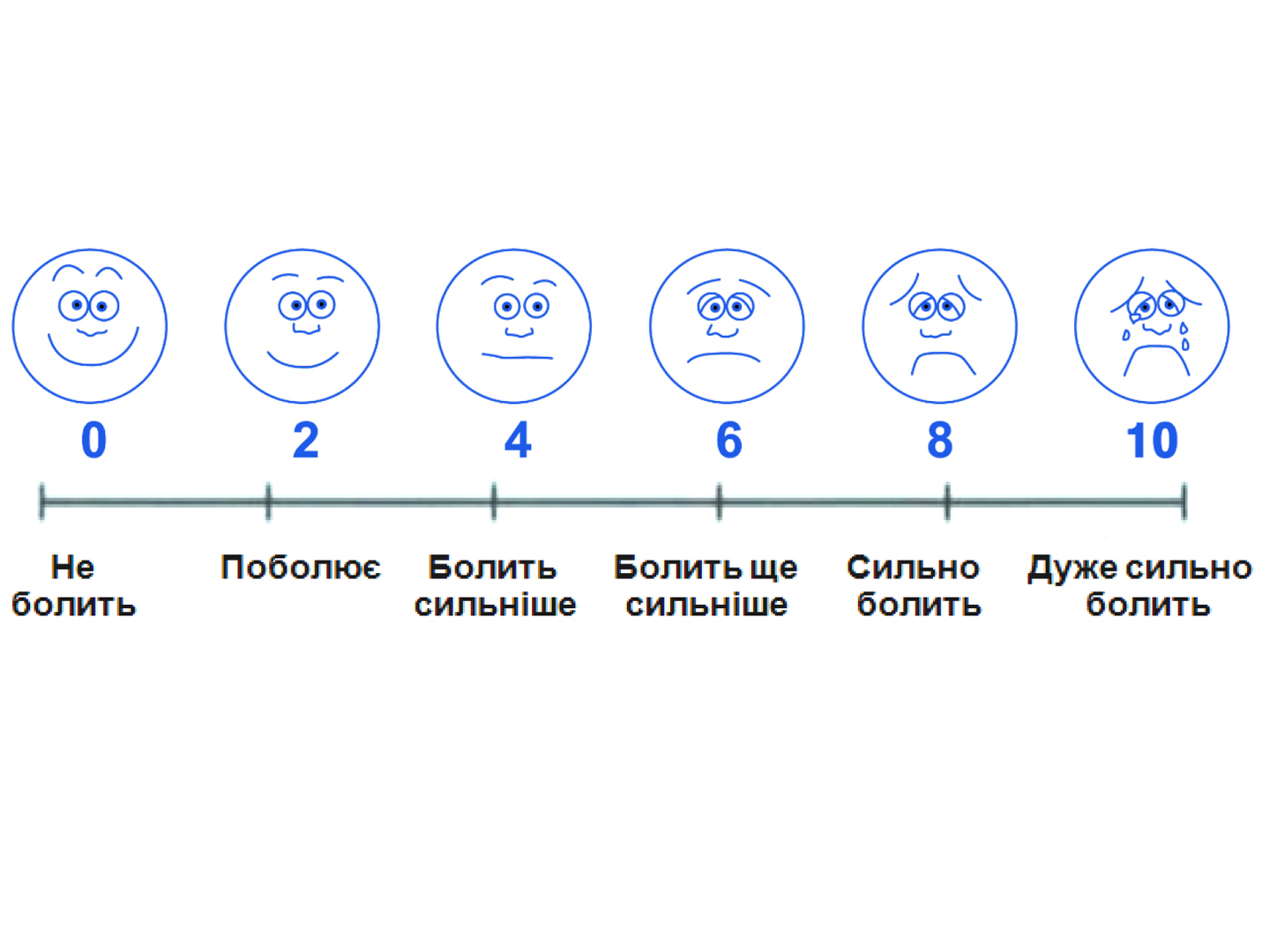Combining Paracetamol (Acetaminophen) with Nonsteroidal Antiinflammatory Drugs: A Qualitative Systematic Review of Analgesic Efficacy for Acute Postoperative Pain
Department of Oral & Maxillofacial Surgery, Faculty of Dentistry, National University of Singapore, Republic of Singapore;
School of Dental Studies, University of Newcastle Upon Tyne, UK;
Department of Anesthesiology and Critical Care Medicine, Innsbruck Medical University, Innsbruck, Austria;
Department of Anaesthesiology, University of Auckland, Auckland, New Zealand.
BACKGROUND: There has been a trend over recent years for combining a nonsteroidal antiinflammatory drug (NSAID) with paracetamol (acetaminophen) for pain management. However, therapeutic superiority of the combination of paracetamol and an NSAID over either drug alone remains controversial. We evaluated the efficacy of the combination of paracetamol and an NSAID versus either drug alone in various acute pain models.
METHODS: A systematic literature search of Medline, Embase, Cumulative Index to Nursing and Allied Health Literature, and PubMed covering the period from January 1988 to June 2009 was performed to identify randomized controlled trials in humans that specifically compared combinations of paracetamol with various NSAIDs versus at least 1 of these constituent drugs. Identified studies were stratified into 2 groups: paracetamol/NSAID combinations versus paracetamol or NSAIDs. We analyzed pain intensity scores and supplemental analgesic requirements as primary outcome measures. In addition, each study was graded for quality using a validated scale.
RESULTS: Twenty-one human studies enrolling 1909 patients were analyzed. The NSAIDs used were ibuprofen (n = 6), diclofenac (n = 8), ketoprofen (n = 3), ketorolac (n = 1), aspirin (n = 1), tenoxicam (n = 1), and rofecoxib (n = 1). The combination of paracetamol and NSAID was more effective than paracetamol or NSAID alone in 85% and 64% of relevant studies, respectively. The pain intensity and analgesic supplementation was 35.0% ± 10.9% and 38.8% ± 13.1% lesser, respectively, in the positive studies for the combination versus paracetamol group, and 37.7% ± 26.6% and 31.3% ± 13.4% lesser, respectively, in the positive studies for the combination versus the NSAID group. No statistical difference in median quality scores was found between experimental groups.
CONCLUSION: Current evidence suggests that a combination of paracetamol and an NSAID may offer superior analgesia compared with either drug alone.


